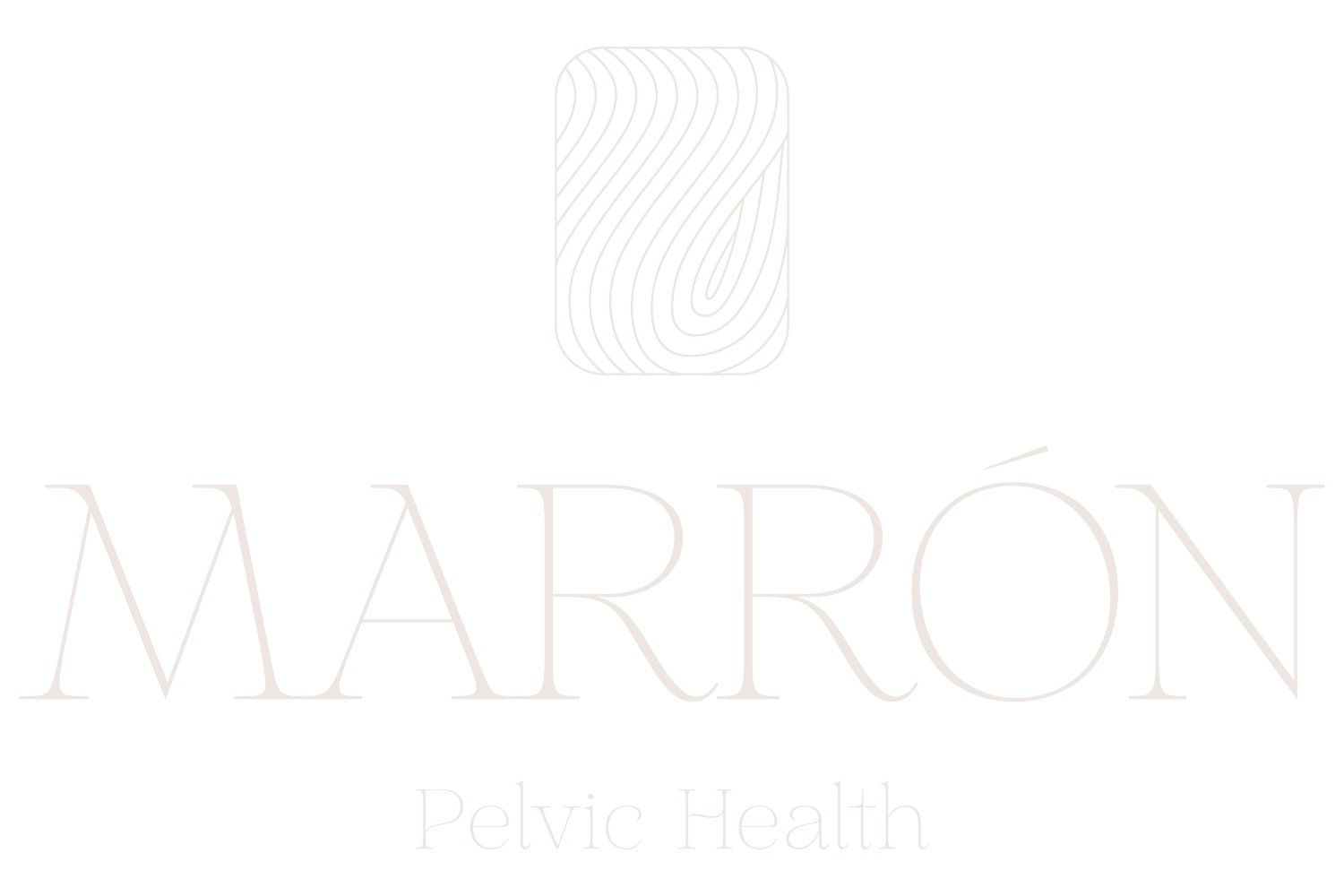The 5 Functions of the Pelvic Floor
The pelvic floor is a region in each body, between the 2 “sit bones” (AKA ischial tuberosity), the coccyx, (right below the tailbone), and the pubic bone. In this diamond-shaped region, there are over a dozen muscles, connective tissue, and soft tissue that provide many functions for our body. To keep it simple, we call them the 5 S’s of the Pelvic Floor.
Support
The pelvic floor muscles are directly related to the way our body manages pressure in our abdomen. The pelvic floor is the “floor of our core” so it makes sense that it has a primary function of supporting our abdomen, and the pressure in and around our abdomen. This is why when you see a pelvic floor therapist your breathing will be assessed. Having leakage with coughing, sneezing, running, jumping, laughing, and lifting is a result of mismanagement of your abdominal pressure.
Sphincter
Sphincters are circular-shaped muscles that prevent the flow of feces or urine by constricting movement. We have a sphincter around the anus that are part of the pelvic floor muscles. When the sphincters are working well, we have full control of our bowels and bladder. When the sphincters aren’t working too well, we could have incontinence.
Sexuality
Our sexual organs are located in the middle of the bowl-shaped pelvic floor muscles. Many aspects of our sexual function and enjoyment are a result of healthy pelvic floor muscles. Having pain with sex, low libido, decreased sexual satisfaction, and decreased arousal can all be a result of a pelvic floor that can be improved.
Sump Pump
The pelvic floor acts as an important pump that is part of our lymphatic system. The lymphatic system is our body’s “sewage system.” It collects any fluid that might have leaked out of our blood vessels and is a key part of our immune system. Our pelvic region also benefits from this function.
Stability
The pelvic floor is crucial as a core stabilizing muscle group. The pelvic floor connects the front of our pelvis with the back of our pelvis. It also connects our hip joints to the pelvis. Research shows that strengthening the pelvic floor, in addition to core stability exercises, for women with stress urinary incontinence and non-specific low back pain, results in decreased frequency of urination and improved quality of life compared to just core stabilizing exercises alone.
Is your pelvic floor healthy with all 5 functions?
References:
Nipa SI, Sriboonreung T, Paungmali A, Phongnarisorn C. The effects of pelvic floor muscle exercise combined with core stability exercise on women with stress urinary incontinence following the treatment of nonspecific chronic low back pain. Adv Urol. 2022;2022:2051374. doi:10.1155/2022/2051374
Chai TC, Steers WD. Neurophysiology of micturition and continence. Urol Clin North Am. 1996;23(2):221-236. doi:10.1016/s0094-0143(05)70306-2
Zhuo Z, Wang C, Yu H, Li J. The Relationship Between Pelvic Floor Function and Sexual Function in Perimenopausal Women. Sex Med. 2021;9(6):100441. doi:10.1016/j.esxm.2021.100441
Sato K, Miura T, Sakamoto Y, Morohashi H, Hakamada K. Fascial organisation and lymphatic systems around the pelvic floor: A literature review. Anticancer Res. 2021;41(10):4705-4714. doi:10.21873/anticanres.15284
Lymphatic system. (n.d.). Gov.au. Retrieved April 7, 2023, from https://www.betterhealth.vic.gov.au/health/conditionsandtreatments/lymphatic-system

